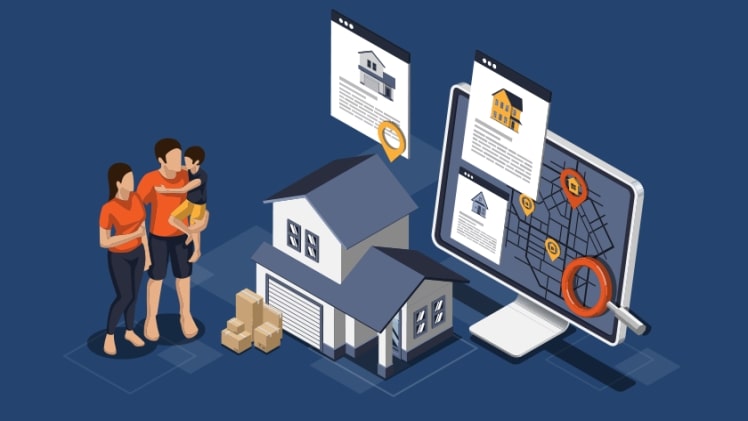Advertising is the most powerful marketing medium across the hugely competitive real estate marketing sector. Real estate marketing has further gained increased momentum with the sector going the digital way. Usage of technology-enabled solutions across the real estate sector has intensified in the ongoing pandemic situation. Though property buyers still visit brokers, the new age digitally savvy customers are now relying more on digital media and postponing site visits, walk-ins, and related traditional lead conversion techniques. They now prefer newer technology-enabled solutions like virtual tours, 3D images, online bookings, customised home loan EMI calculators.
Along with technology, the Central Government has taken various measures to transform the real estate sector. For instance, Real Estate Regulatory Authority (RERA) was introduced as part of The Real Estate Regulation and Development Act 2016 to protect home buyers by increasing transparency and boosting real estate investment.
This resurgence and growing confidence across the real estate sector have led many lenders in India to come forth with attractive home loan. To help home loan borrowers get personalised loans, lenders now offer online home loan EMI calculators.
With so much happening on the real estate front, let us explore how digital real estate marketing will boost this resurgence.
Why Digital Real Estate Marketing?
Top reasons include
1. Greater brand visibility across a wide customer base
Indians, especially millennials, rely more on technology like the internet instead of searching newspaper ads for property-related news. They carry out a large chunk of their research online by scouting for viable projects and affordable home loans. Real estate businesses advertise across various online mediums, Facebook Ads, etc. This helps them get better brand visibility, cater to a wider audience, sell more properties, thus building great trust and gaining a competitive edge.
2. Creating an immersive buyer experience
Through digital real estate marketing, prospective buyers enjoy and enrich their virtual shopping experience across the realty market. Online buyer searches, clicks, views, and scrolls are fed across data-driven systems, helping digital marketers narrow down their choices of prospective home buyers.
They can thus provide customised recommendations to buyers to help them select their dream home easily and efficiently, thus eliminating the tedious on-site project visits. For example, with virtual home tours, buyers can look and feel the property from the comforts of their home or office, thus saving on time, cost, and effort.
3. Greater transparency and Accountability
RERA has made it mandatory for any company or individuals marketing any real estate project to register themselves under the Act and obtain a RERA license from the state where the project is placed. RERA thus ensures that only accurate and verifiable information about a project forms part of real estate advertising (online/offline) undertaken. Digital real estate marketing has thus mainly eliminated the intermediaries or brokers across the segment. All information about a project is available on the builder’s official website, including pricing, legal documentation, customer testimonials, and so on, thus enabling transparency and accountability across the dealings. This helps prospective buyers in making effective choices.
4. Cost and Time-effective paperless medium
A real estate document runs into many pages with many copies required for different purposes, thus increasing the time and cost of printing. Also, they have tedious documentation processes. Going in for digital marketing makes the overall real estate procedure paperless, fast, and cost/time effective, ensuring a seamless process for both the buyer and the seller.
Digital marketing now makes buying your dream home easier. However, you may not have the requisite funds. Leading lenders now offer personalised home loan EMI calculators to make buying your dream home a reality.

